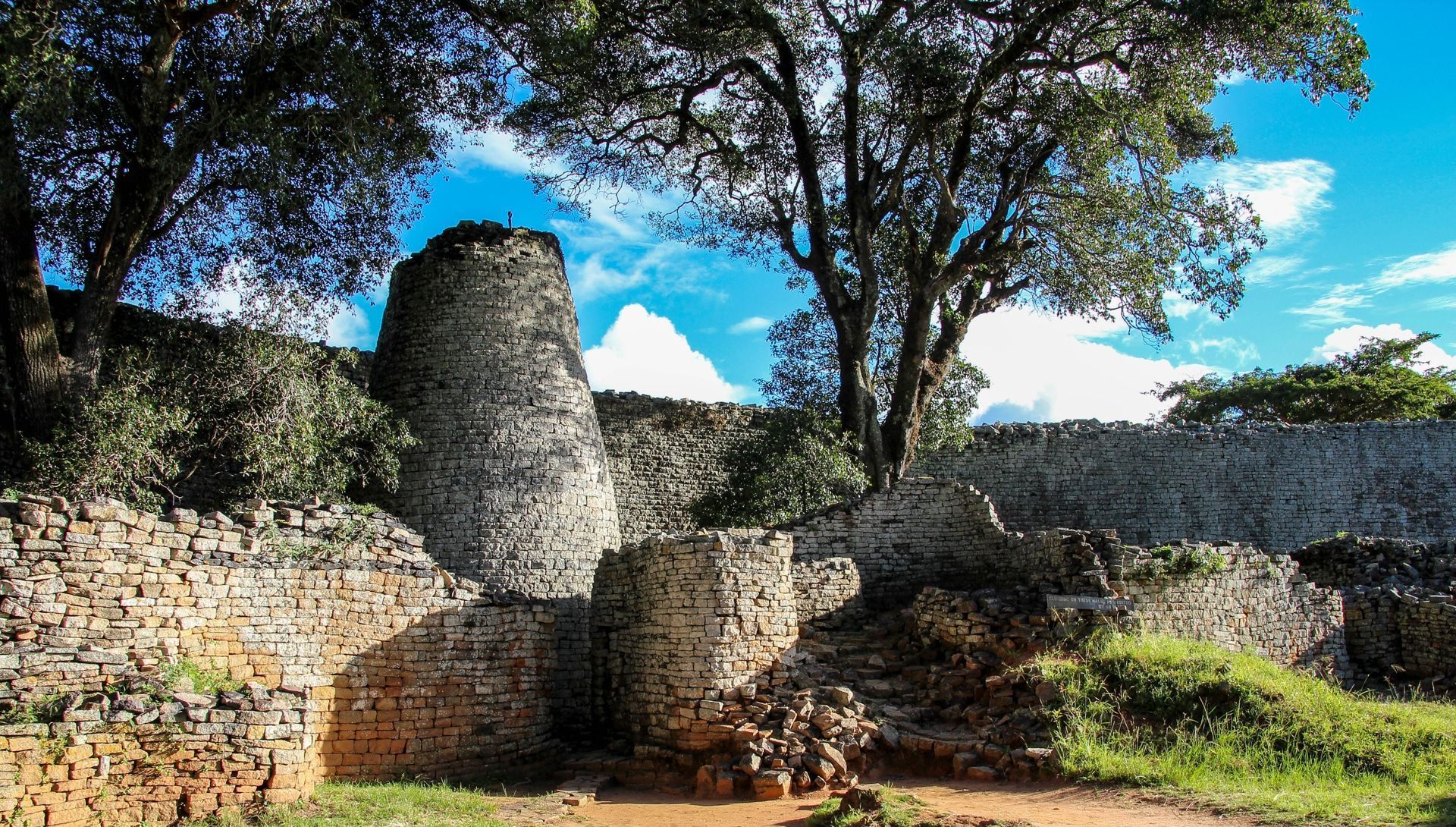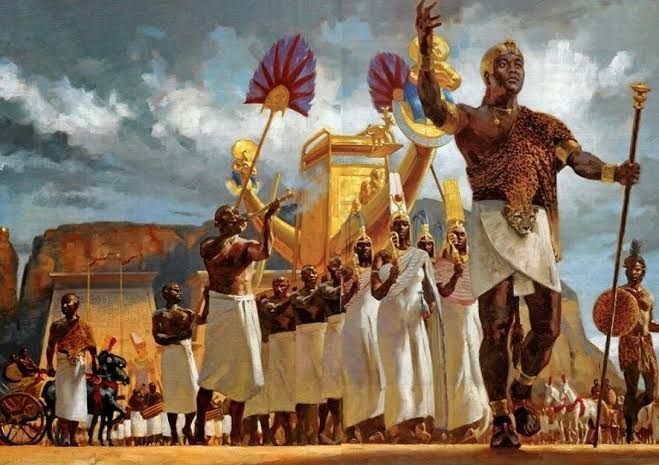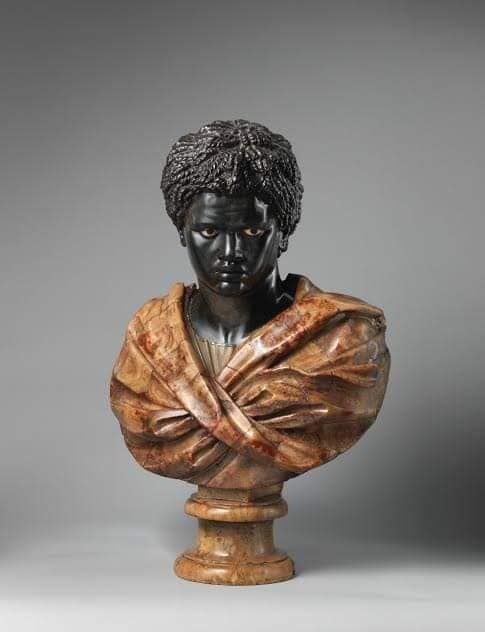Echoes in Stone: The Architectural Marvel of Great Zimbabwe

Among historians such as Al-Umari and Joseph Ki-Zerbo, the consensus is that the Mali Empire
was the largest and most influential African empire of the XIII century. Some five thousand miles
from this powerful empire, another African superpower was in its infancy - the Kingdom of
Zimbabwe. As the Kingdom was building its reputation throughout southern Africa, its capital
city, Great Zimbabwe, erected imposing buildings. The remains of these buildings have been
preserved with the beauty of the city.
Historian Amadou Ba states that at its height, between the XIII and XIV century, the Kingdom of
Zimbabwe had a population of 18,000. While its first inhabitants came from the northern
Kingdom of Mapungubwe, skeletal evidence shows that Bantu-speaking peoples, such as the
Batonga, inhabited the city when the XV century structures were built.
At the heart of Great Zimbabwe was a fortress built with large, heavy stones. The first building
erected in the fortress was called the Acropolis and dominated the city’s hilltop. Excavations and
archeological studies revealed a building that was intentionally built for defensive strength.
Unwavering and enduring, the Acropolis was bastion-like and indomitable. The second building,
called the Elliptical, was located on a plain below the Acropolis. The two buildings were made of
flat bricklite stones and locally sourced granite. The complex was built between the end of the
XIII century and the beginning of the XIV century. Later, in the XV century, a colossal girdling
wall was erected. The massive wall boasted a height of 24 feet, with a base of 18 feet which
tapered to an 11 foot top. An impressive herringbone pattern decorated 50 meters of the wall.
Today, the dwellings contained within the ruins are considered typical medieval African
constructions. Further excavations revealed objects such as gold jewelry or copper objects also
typical of the African medieval period. In addition, objects that were imported from the Far East,
such as pearls, were also dated back to the XIV and XV century. The architecture of these
buildings show dignity, strength and seclusion which, at first sight, point to a lonely Kingdom.
However, Great Zimbabwe was an important political and commercial center. While there are
limited historical records, we know that in the XV century King Nyatsimba Mutotawe expanded
the political strength of the Kingdom. The city also played a major role in the development of
commerce and trade with the Arabo-Swahili ports of Kiloa and the Sofala near the coast of the
Indian Ocean. Thus began trade with the Far East.
At the end of the XV century, the south of the Kingdom gained autonomy, making the territorial
dislocation more pronounced. The empire disappeared, leaving only the Monomotapa territory
which would not become an empire until the XVII century.

Aida Kane - Freelance Journalist



